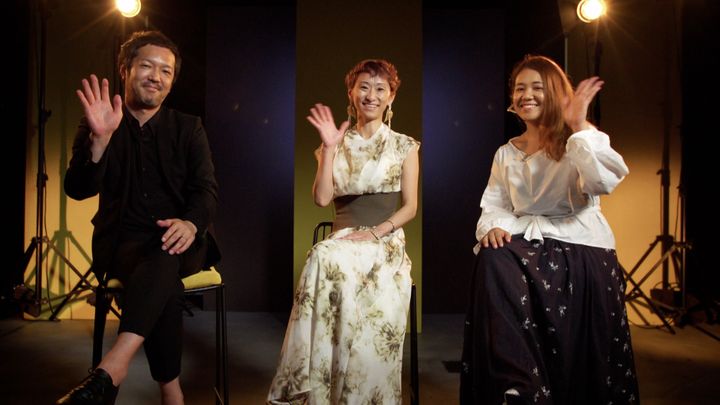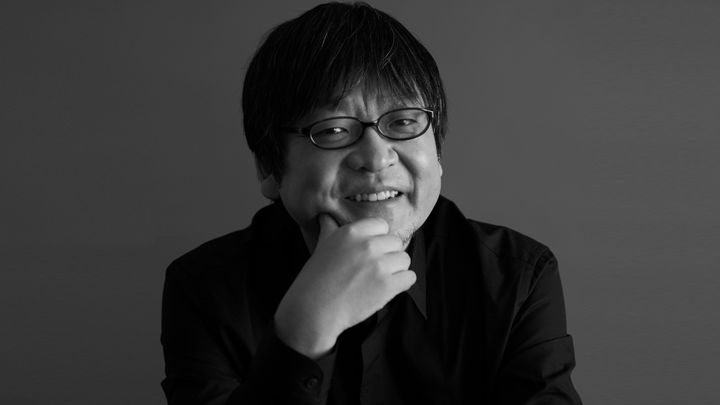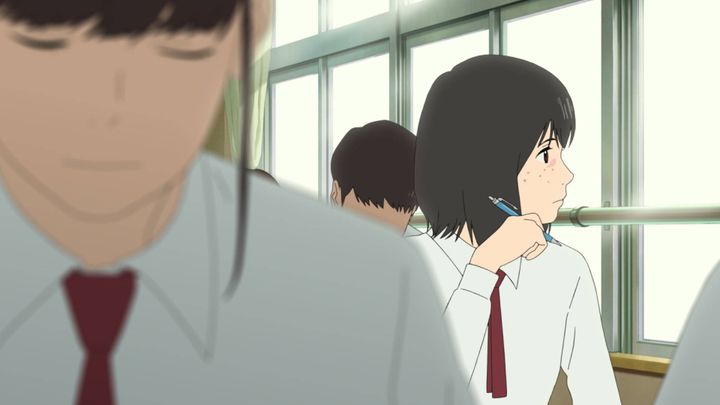A beautiful, pink-haired pop star stands on the back of a humpback whale, flying through a cyberspace reality. Her name is Belle and she starts to sing a song which is blasted from huge speakers on the whale’s back. Her adoring fans, who are floating all around, gush with joy and share their enthusiasm through a cascade of text messages and emojis.
This is the world of U, a social network with five billion users, where everyone can be reborn as an avatar that maximizes their inner strengths.
In real life, Belle is actually Suzu, a 17-year-old girl who lost her mother in a tragic accident and whose life has been marred by grief ever since. At school, she is shy and clumsy. At home, she is emotionally distant from her father. But in U, she can live out her dreams: she can be even more popular than the prettiest girl at school, or she can win the attention of the heartthrob in her class.
Alternating between the rural beauty of the Kochi Prefecture, where Suzu lives, and the hyper-digital reality of U, anime master Mamoru Hosoda’s coming-of-age story is remarkably free of cynicism towards our use of social media.
When a mysterious figure called the Dragon appears in U, Belle finds herself drawn into a quest to discover his true identity and rescue him from persecutors in both the real and the digital world.
The Beauty and the Beast is a touchstone for Hosoda. Updating its famous iconography, he crafts a moving contemporary fairy tale that shows an extraordinary understanding of the joys, sorrows, fears, and ambitions of adolescence.
Although Studio Ghibli might be the most famous anime studio internationally, Belle: Ryū to sobakasu no hime demonstrates that Hosoda’s Studio Chizu – which has already given us such marvels as Wolf Children (2012) and Mirai (2018) – belongs in the same league.
Giovanni Marchini-Camia



